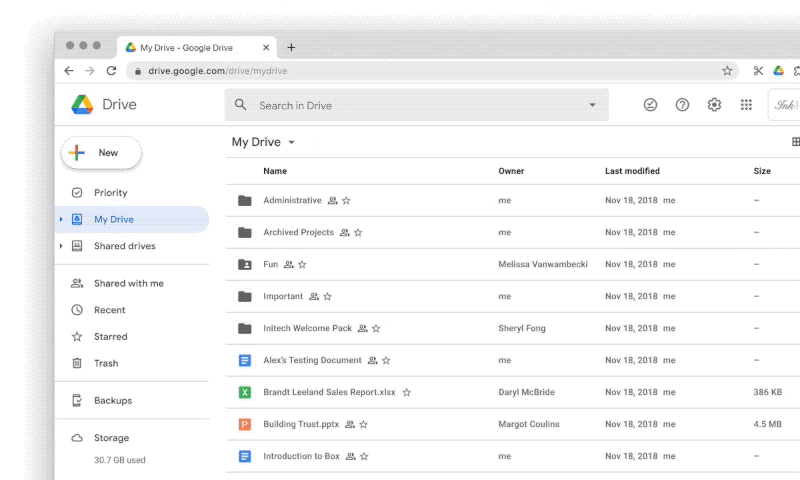As ubiquitous as Google Docs has become in the last year alone, a major criticism often overlooked by the countless workplaces who use it is that it isn’t end-to-end encrypted, allowing Google — or any requesting government agency — access to a company’s files. But Google is finally addressing that key complaint with a round of updates that will let customers shield their data by storing their own encryption keys.
Google Workspace, the company’s enterprise offering that includes Google Docs, Slides and Sheets, is adding client-side encryption so that a company’s data will be indecipherable to Google.
Companies using Google Workspace can store their encryption keys with one of four partners for now: Flowcrypt, Futurex, Thales, or Virtru, which are compatible with Google’s specifications. The move is largely aimed at regulated industries — like finance, healthcare, and defense — where intellectual property and sensitive data are subject to intense privacy and compliance rules.

(Image: Google / supplied)
The real magic lands later in the year when Google will publish details of an API that will let enterprise customers build their own in-house key service, allowing workplaces to retain direct control of their encryption keys. That means if the government wants that company’s data, they have to knock on their front door — and not sneak around the back by serving the key holder with a legal demand.
Google published technical details of how the client-side encryption feature works, and will roll out as a beta in the coming weeks.
Tech companies giving their corporate customers control of their own encryption keys has been a growing trend in recent years. Slack and cloud vendor Egnyte bucked the trend by allowing their enterprise users to store their own encryption keys, effectively cutting themselves out of the surveillance loop. But Google has dragged its feet on encryption for so long that startups are working to build alternatives that bake in encryption from the ground up.
Google said it’s also pushing out new trust rules for how files are shared in Google Drive to give administrators more granularity on how different levels of sensitive files can be shared, and new data classification labels to mark documents with a level of sensitivity such as “secret” or “internal”.
The company said it’s improving its malware protection efforts by now blocking phishing and malware shared from within organizations. The aim is to help cut down on employees mistakenly sharing malicious documents.



